Tra Co and Binh Ngoc - two wards of Mong Cai city are one of the areas with the richest historical and cultural traditions of the border city in particular and Quang Ninh province in general. Although administratively separate, Tra Co and Binh Ngoc share the same "sediments" of history and culture from long ago.
Same historical roots
Before the road connecting Tra Co with Mong Cai City as it is today, Tra Co - Binh Ngoc was an island, separated from the mainland by channels and mangrove and coral reefs. Ngoc Son Cape - the starting point of Binh Ngoc was chosen by the feudal dynasties of Vietnam to set up a control station for international boats entering and leaving.
According to legend, at the end of the 14th century, there were 12 fishing families from Do Son ( Hai Phong ) who went to Tra Co and Binh Ngoc to fish. They encountered a storm and their boat drifted to a deserted island with only mangroves and reeds. The whole group decided to stay and make a living, but because they could not stand the hardship, 6 families returned to their hometowns, the remaining 6 families were determined to stay, gradually forming Tra Co village.

However, according to historical documents, in the mid-16th century, the Northeast region in general, and Hai Phong in particular, was a strategic area of the Mac Dynasty, and was also the place where battles between the Le-Trinh army and the Mac army frequently took place. People fled, including families in Do Son who fled to Tra Co.
When establishing the village, remembering its origin, they named the village Tra Co - a combination of Co Trai village (the hometown of Thai To Mac Dang Dung) and Tra Phuong (the hometown of Queen Vu Thi Ngoc Toan, Mac Dang Dung's wife). Co Trai is the birthplace of the Mac dynasty, now in Ngu Doan commune, Kien Thuy district (Hai Phong). To this day, the idiom "Tra Co people are the ancestors of Do Son" and the colloquial language of Tra Co and Binh Ngoc people is of heavy origin, exactly like Do Son people.
Tra Co Communal House is believed to have been built in the late 16th century. Up to now, the communal house still retains many architectural and decorative features bearing the mark of the Le Dynasty. For a long time, Tra Co Communal House has been considered a cultural landmark of the border region, becoming the inspiration for musician Nguyen Cuong to write the song "The roof of the communal house of the sea village".
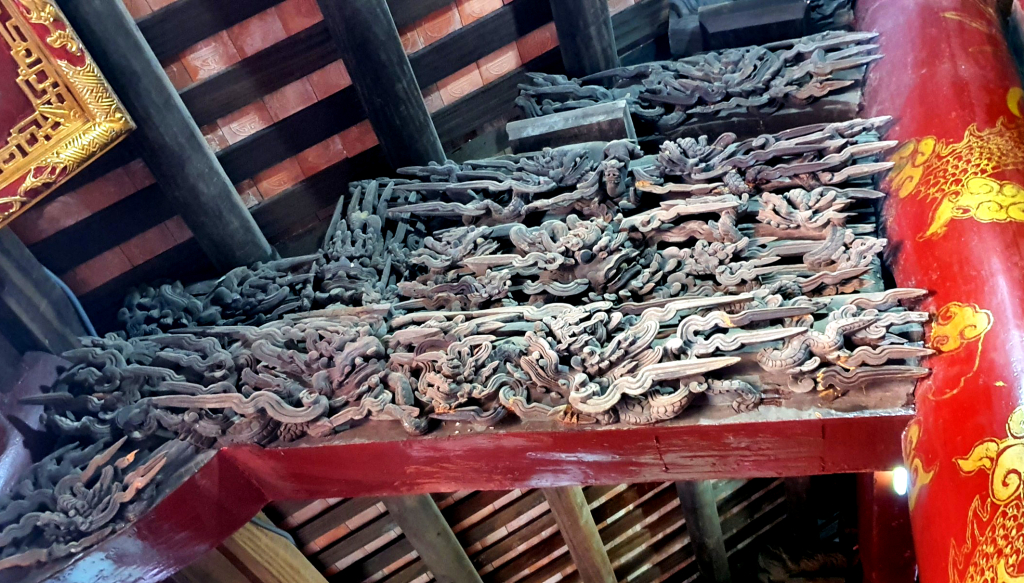
Tra Co Communal House Festival (recognized as a National Intangible Cultural Heritage in 2019) takes place annually from May 30 to June 3 of the lunar calendar. In addition to the rituals of worshipping the gods, carrying the god's tablet to the temple and then back to the communal house, the unique and consistent feature of the festival is the "Elephant" (pig) competition. According to the old custom, before the festival, Tra Co village holds a village meeting to select 12 people, called "cai dam", to take care of village affairs.
The selection requirements for the funeral director are that he must be healthy, have a harmonious family and children, be mature, and not be involved in a funeral. Those chosen to be funeral directors are very honored, because it is an opportunity for the village guardian spirit to bless them with good health and prosperity. They are also respectfully called “Mr. Funeral Director” by the villagers. It is worth mentioning that only men are selected as funeral directors, and each person is only given this honor once in his life.
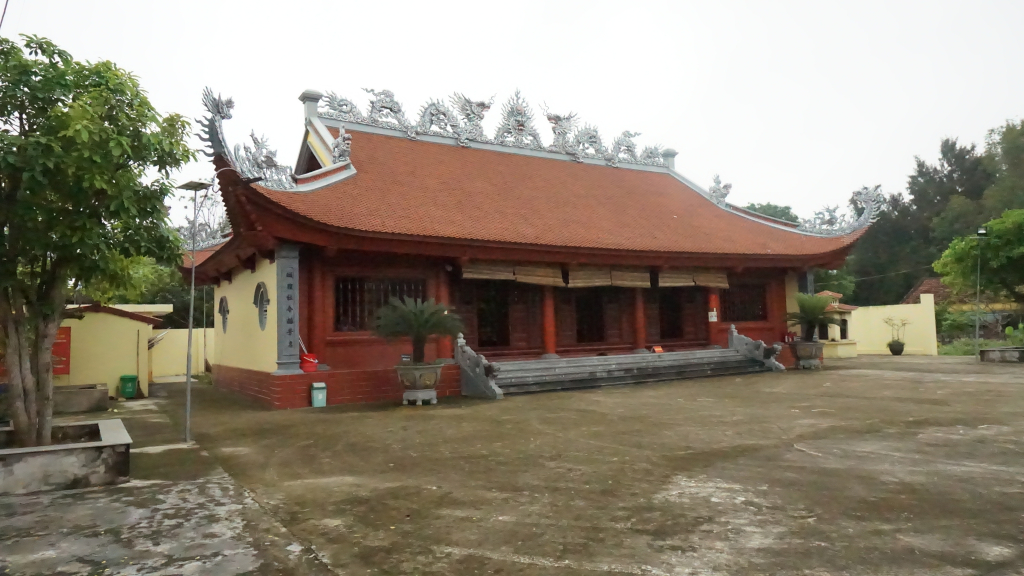
From the beginning of the year, each head of the group will raise a pig. Since the time of bringing it home, this pig is called "Mr. Elephant", considered the mascot of the god. "Mr. Elephant" is well taken care of, fed well, sleeps under a mosquito net to avoid mosquitoes, is taken care of for its health, cherished and respected. On the afternoon of the 30th day of the 5th lunar month, after the ancestral worship ceremony, 12 head of the group will wear ceremonial costumes, use a red painted cage with a roof and wheels, and carry "Mr. Elephant" to Tra Co communal house to pay respect to the god. After the worship ceremony, the Organizing Committee will measure the head and tail, neck circumference, and weight of each "Mr. Elephant". The "Mr. Elephant" with the longest body, the biggest, most beautiful, and heaviest neck circumference will win. Among them, the first prize "Mr. Elephant" will be sacrificed to the god on the main festival day the next day.
Interestingly, right after the sacrifice and the end of the festival, the remaining "Elephants" are taken out of the communal house, naked and turned into pigs, which are taken home by families to be slaughtered for their relatives, or sold to the slaughtering guild directly outside the communal house gate.
Cultural common thread
In fact, the custom of carrying pigs in festivals is not rare. Even in Quang Ninh, at the Don Son village festival, Yen Duc commune (Dong Trieu) on January 16 every year, there is also a custom of carrying pigs (called "Ong Bo") but the pigs have been killed and placed on a palanquin. As for carrying live pigs and competing like in Tra Co and Binh Ngoc, there is no other place.
In 1910, a part of Tra Co commune separated to form Binh Ngoc commune. Binh Ngoc people built Binh Ngoc communal house and carried incense sticks from Tra Co communal house to Binh Ngoc communal house. The Nguyen Dynasty twice bestowed a decree to confer the title of god on the village's tutelary god, the 6 pioneers who had contributed to the land opening and establishment of Tra Co - Binh Ngoc village in 1917 and 1924. The "Elephant" contest and Binh Ngoc communal house festival are also held annually on May 30 and June 1 of the lunar calendar. In 1954, Binh Ngoc communal house was used as the headquarters of the Agricultural Cooperative and then dismantled to build the headquarters of Binh Ngoc commune.
In 2015, Mong Cai City liquidated the old headquarters and returned the land to Binh Ngoc ward to rebuild Binh Ngoc communal house. After 3 years of construction, on July 3, 2019, Binh Ngoc communal house was inaugurated in the joy and pride of Binh Ngoc people and Binh Ngoc children living abroad. The "Elephant" contest and Binh Ngoc communal house festival have also been re-established since then.
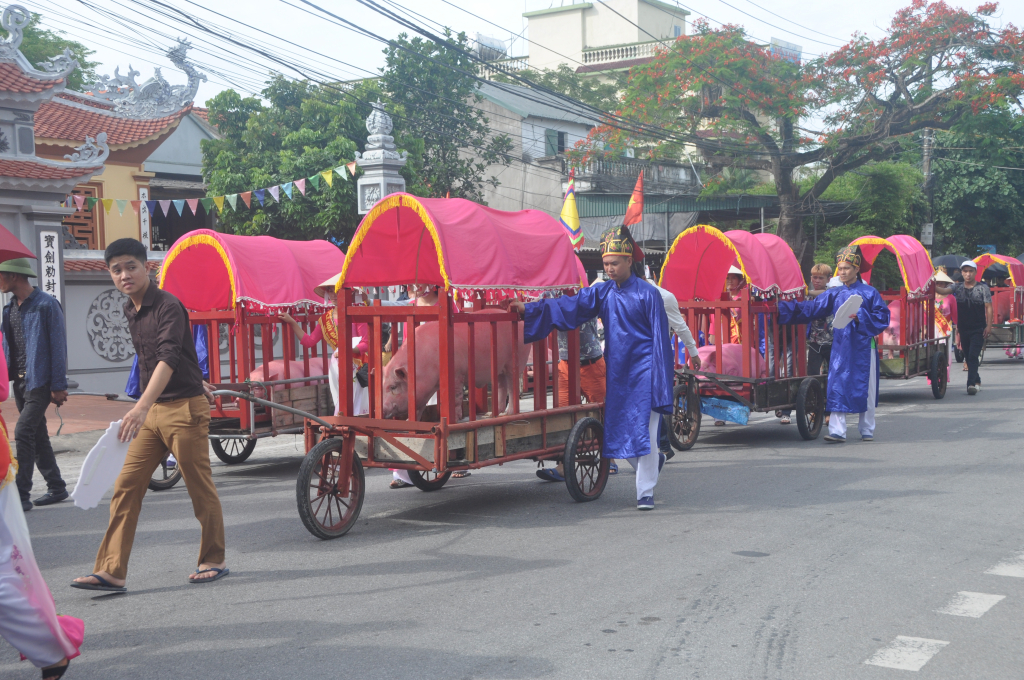
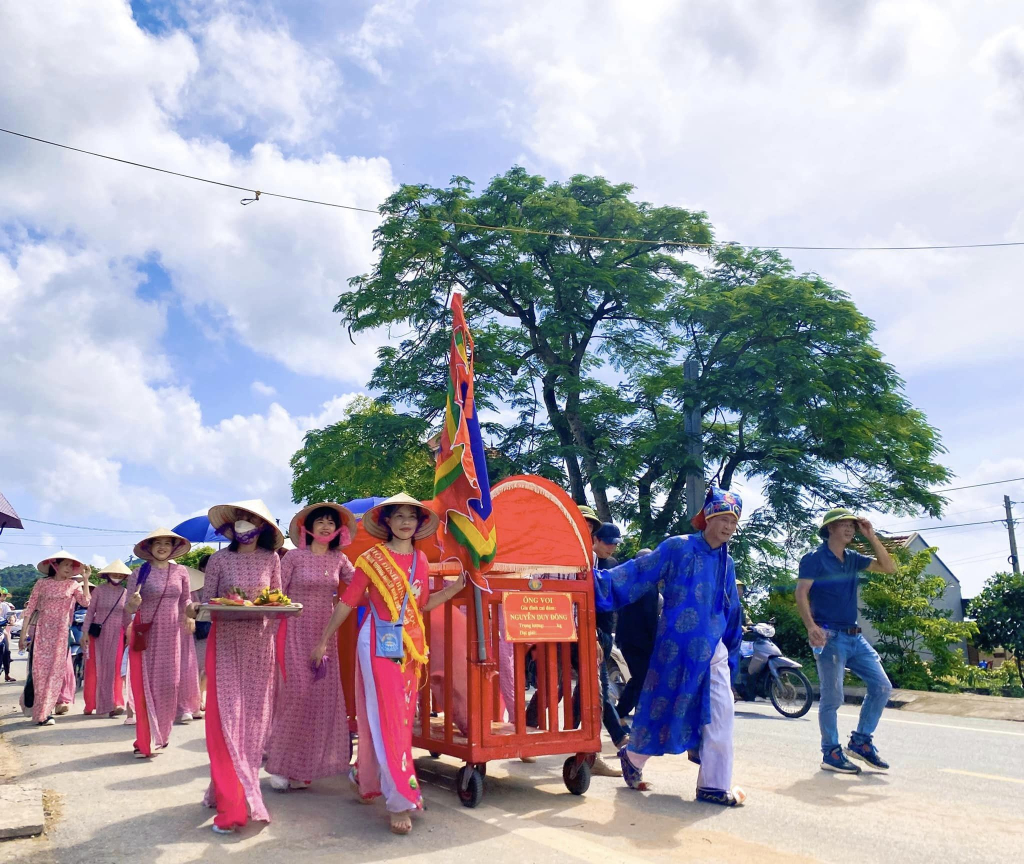
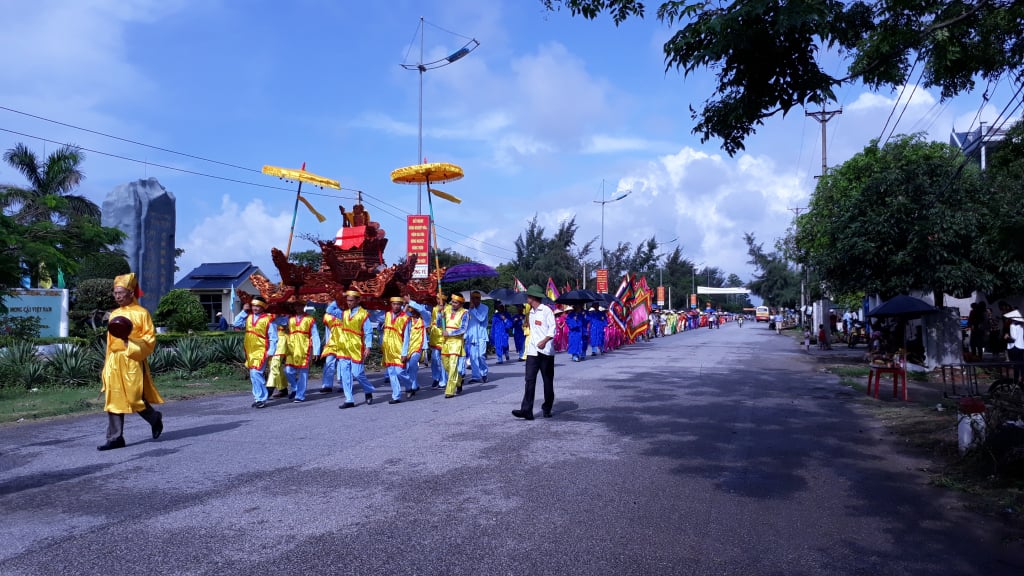
Looking back at history, Tra Co is a land with a modern education system that developed early in Mong Cai. In 1922, thanks to the sponsorship of Mr. Bui Van Chu - a merchant with a fleet of ships running North-South, Tra Co Primary School was established and put into operation. In just 6 months, Mr. Chu completed the construction of 2 classrooms made of ironwood, fully equipped with tables, chairs, and bookcases. The cost of building 2 classrooms was 500 Indochinese piastres (equivalent to 13 tons of rice at that time). In 1926, the French built an additional classroom and assigned more teachers for all levels to teach 3 combined classes: Moyen 1, Moyen 2 and class Nhat, from which Tra Co had a primary school.
In 1938, Tra Co School welcomed a special teacher, writer Nguyen Cong Hoan. Writer and teacher Nguyen Cong Hoan had many years of attachment to Tra Co. Mr. Doan Vinh, in Nam Tho area, Tra Co ward, whose father, Mr. Doan Chan, was a student of teacher Nguyen Cong Hoan and later a teacher at Tra Co Primary School, said that his family used to be a place where teacher Nguyen Cong Hoan frequented. Currently, Mr. Vinh still keeps many letters that writer Nguyen Cong Hoan sent to his family in the 80s of the last century.
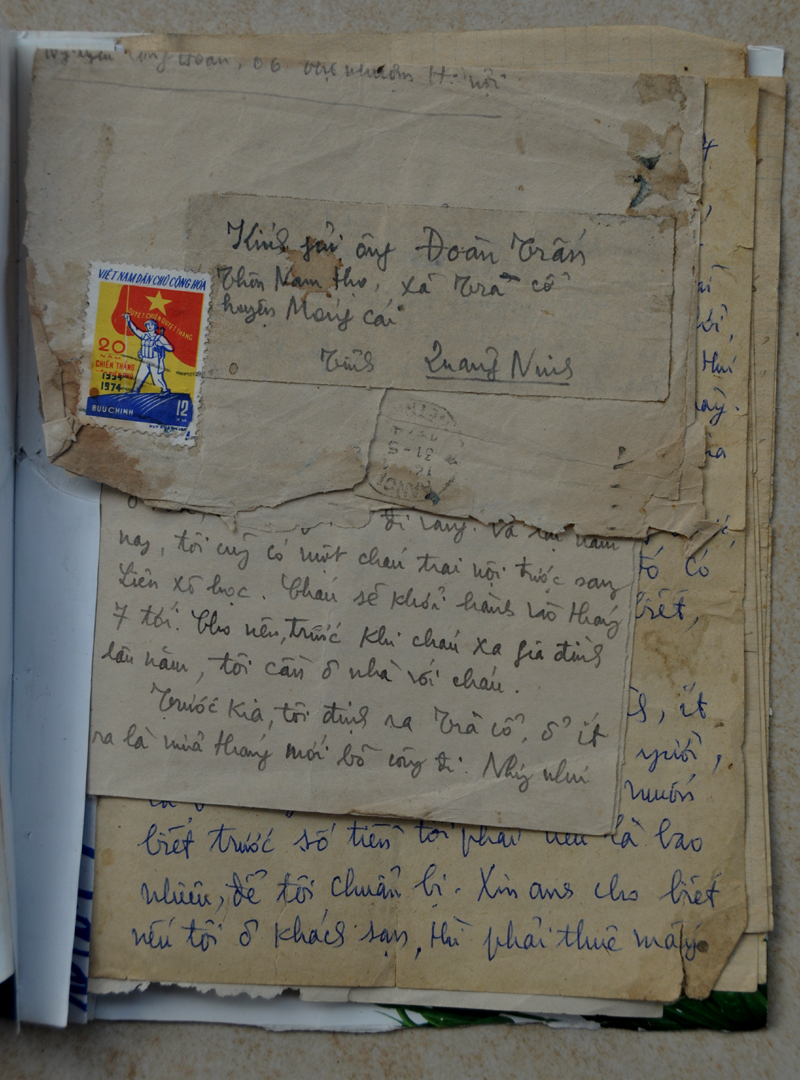
Being the starting point when drawing the map of the Fatherland, and having many relics such as communal houses, temples, the place where Uncle Ho visited (May 8, 1961), Tra Co church, Sa Vi cape..., Tra Co is known to tourists more than Binh Ngoc. Therefore, it is no wonder that Nguyen Quy Duyen, female Party Cell Secretary, Head of Quarter 2, Binh Ngoc Ward, told me that tourists coming here usually only stop at Tra Co, few pay attention to Binh Ngoc.
The festival of Binh Ngoc communal house is coming up - also the time to hold the festival of Tra Co communal house, at my request, Duyen took me to visit the house of a funeral director named Vu Van Duong in zone 2, Binh Ngoc ward. In 2019, after Binh Ngoc communal house was inaugurated, the "Elephant" contest was revived, Duyen's husband was one of the 12 chosen funeral directors of the village. Duyen had to ask permission from the previous funeral director, then ask permission from funeral director Vu Van Duong to go to sea, before we could enter the house to visit "Elephant".
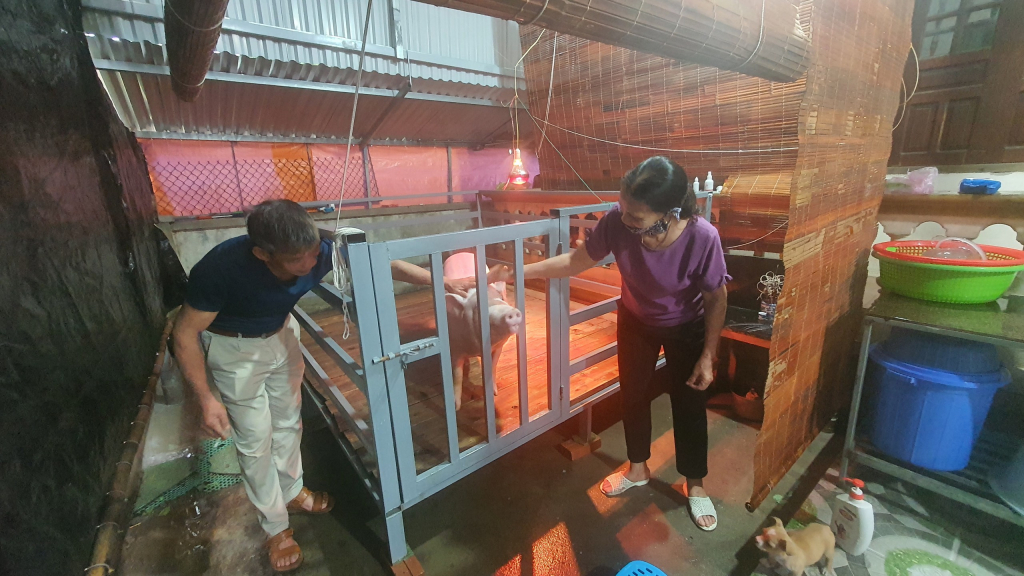
I was received by Mr. Vu Van Truong and Mrs. Nguyen Thi Bien, the father and mother of the head of the Duong family. They were quite comfortable welcoming strangers and took me inside. The room of “Mr. Elephant” was a room close to the main room of the house. It was a separate area with curtains. “Mr. Elephant” rested on a clean wooden board. There was a camera above the corner of the bed so that the family could watch over him, feed him when he was hungry, and clean him up when he went to the bathroom. Three sides of “Mr. Elephant’s” bed were bamboo curtains. On the left side was a line to dry some towels.
Mrs. Bien said that "he" had just had green bean porridge for breakfast. She waited until the morning when it was warmer to bathe him, wash him with soap, Clear shampoo, shower gel, then use a hair dryer to dry his fur. In the morning, when he woke up, he brushed his teeth and washed his face regularly every day. I asked if I had to put up a mosquito net for "him" at night, and Mrs. Bien showed me a plate of mosquito coils and said that this was something she used every day to repel insects that bothered "him".
The Tra Co communal house festival and Binh Ngoc communal house festival with the unique "Elephant" contest are coming soon because this is a strip of land with the same history and culture formed at the headland of the Fatherland.
Source



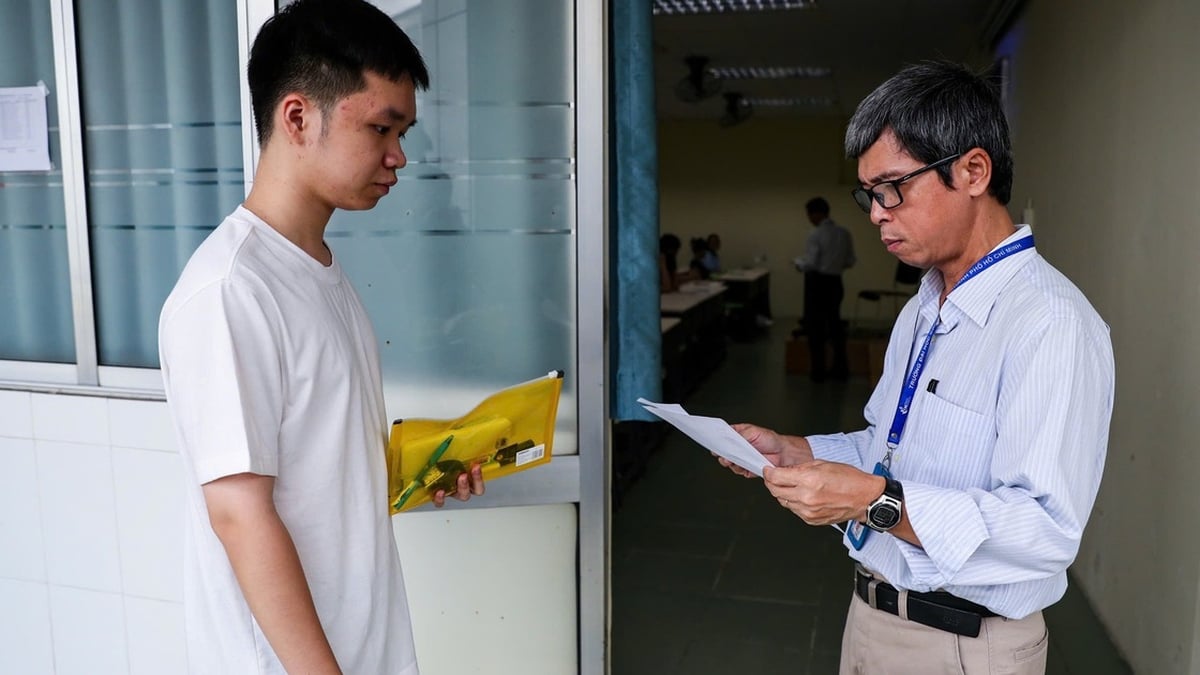
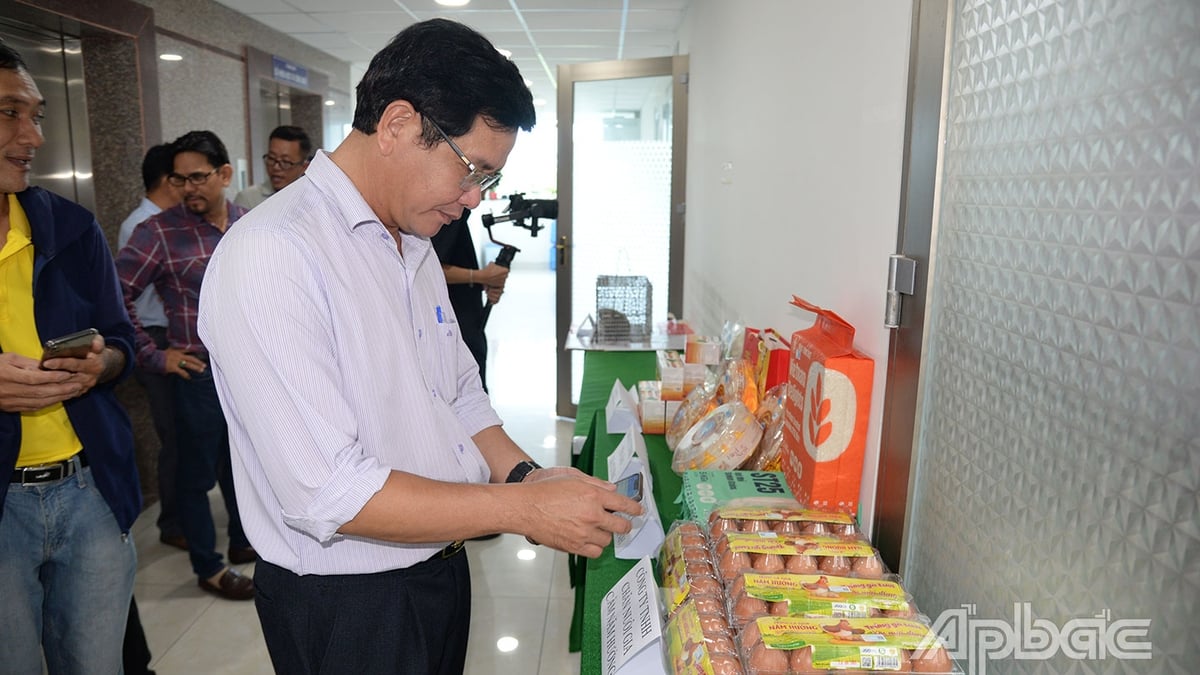



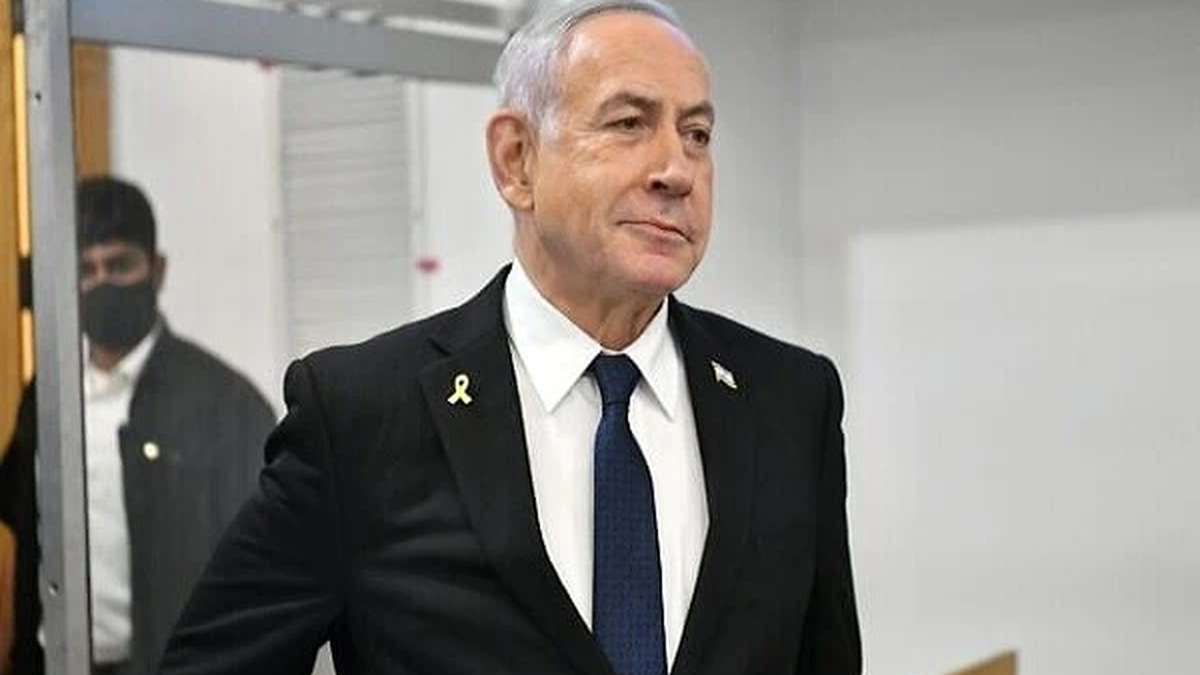
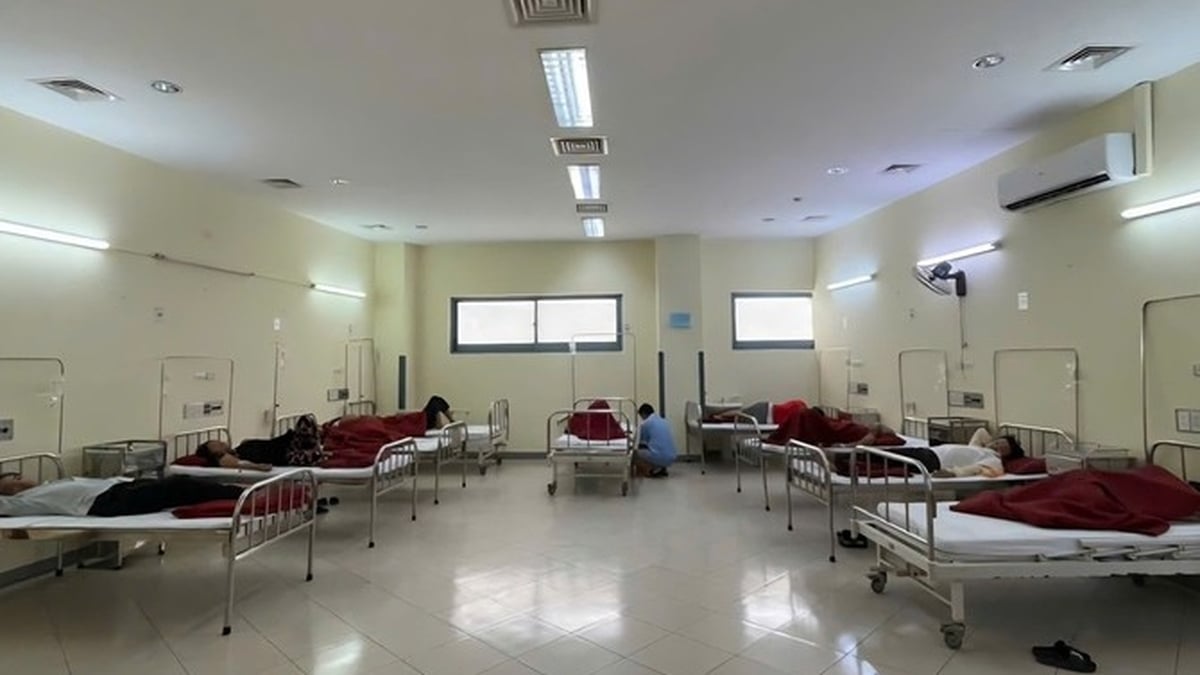
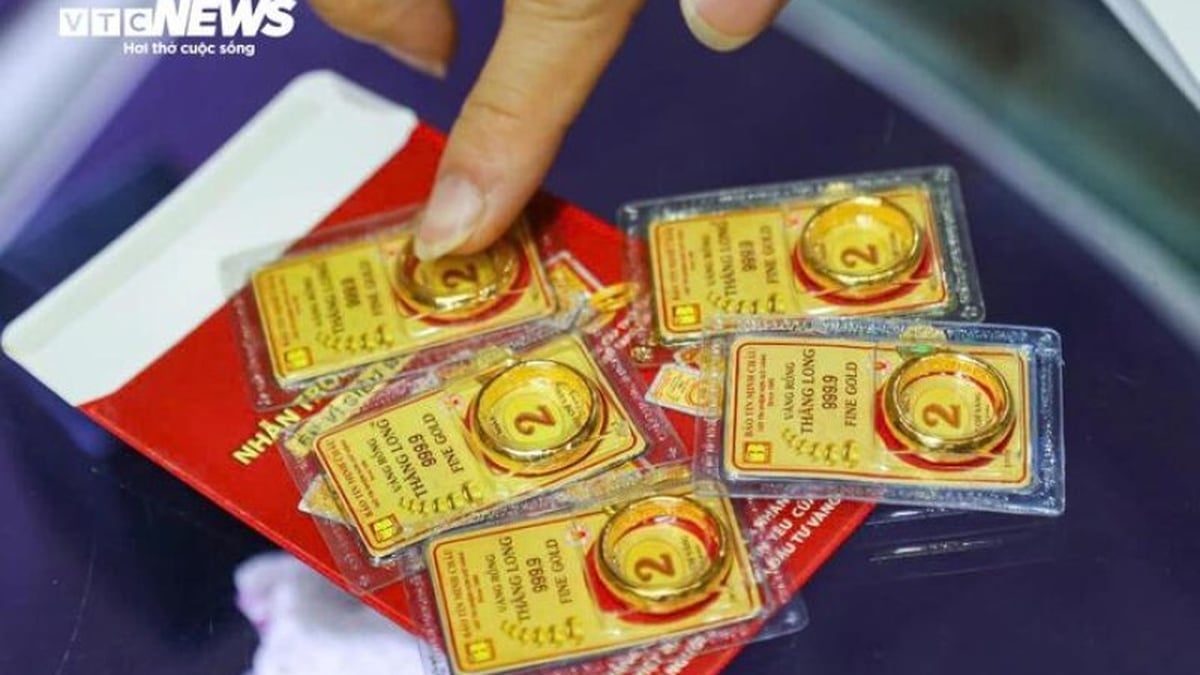
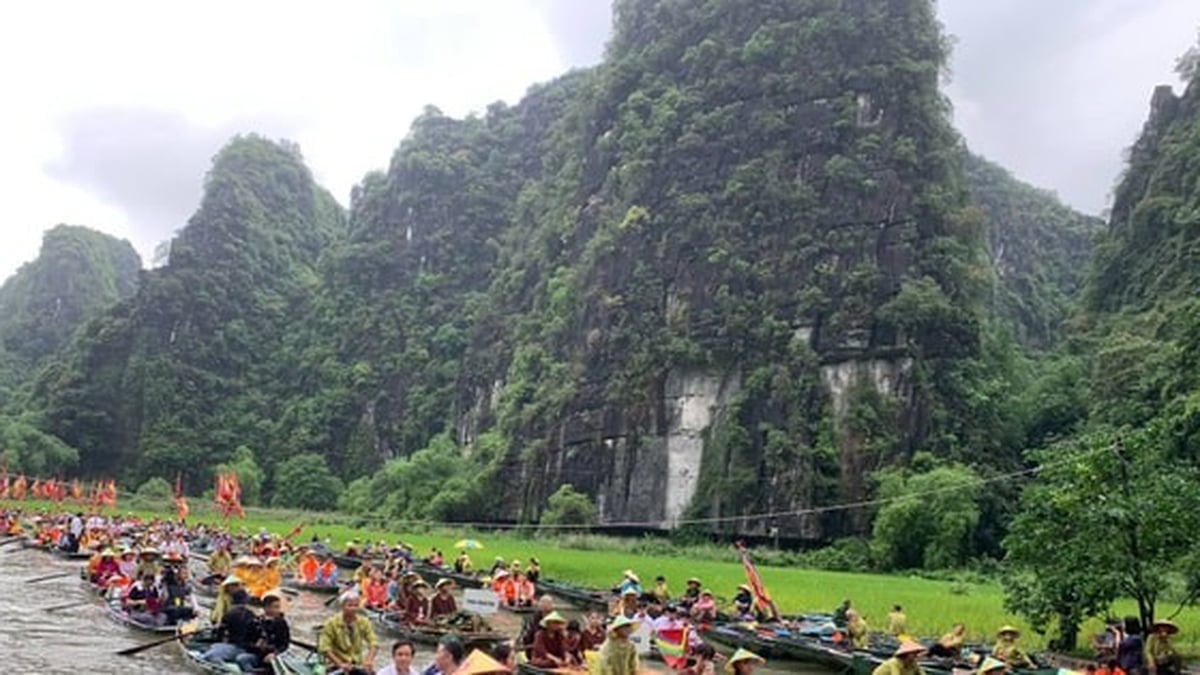


















![[Photo] National Assembly Chairman Tran Thanh Man visits Vietnamese Heroic Mother Ta Thi Tran](https://vphoto.vietnam.vn/thumb/1200x675/vietnam/resource/IMAGE/2025/7/20/765c0bd057dd44ad83ab89fe0255b783)





























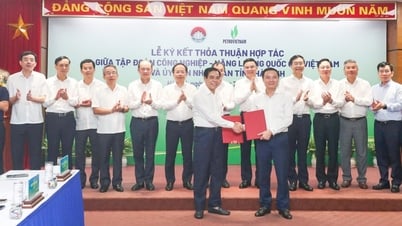




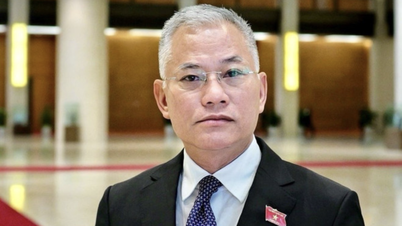

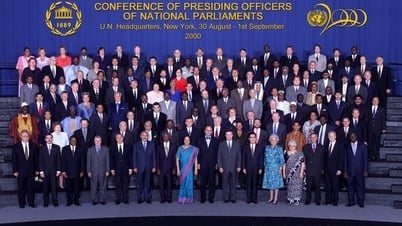
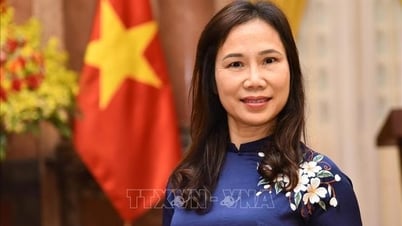

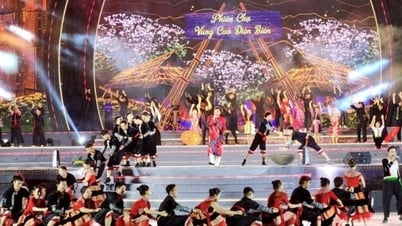


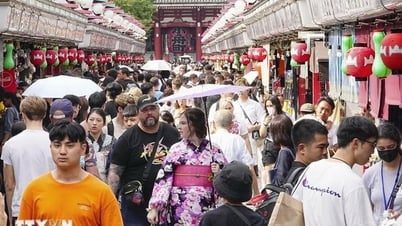
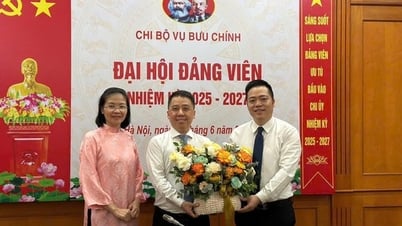























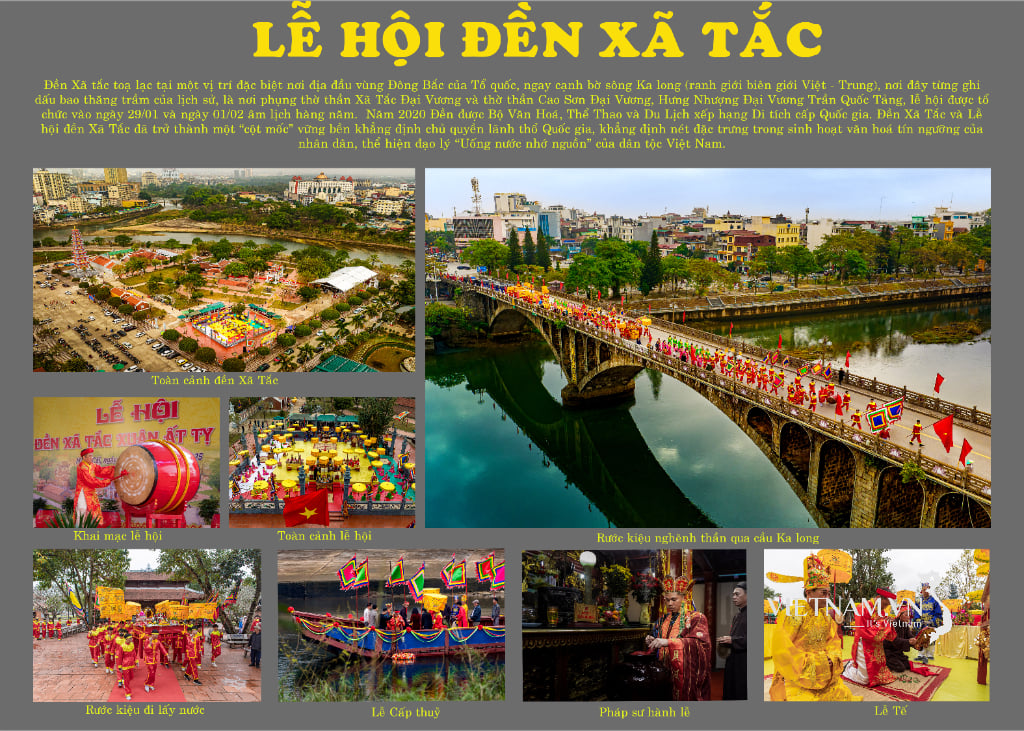


Comment (0)